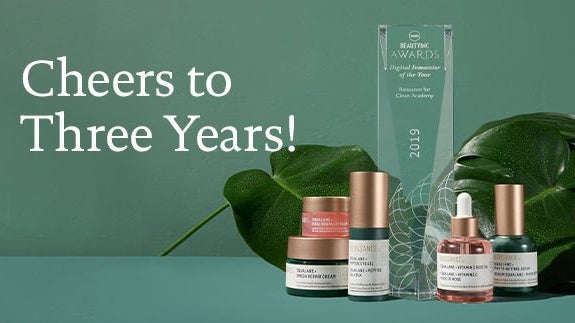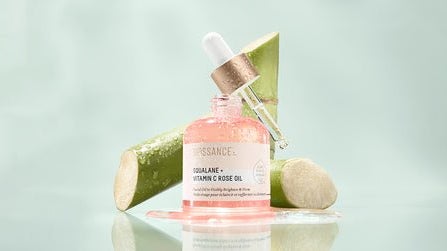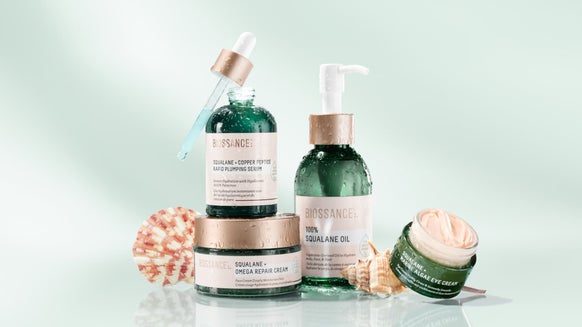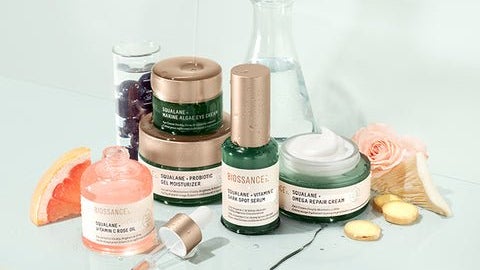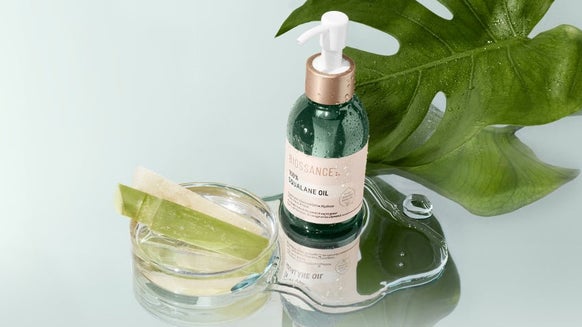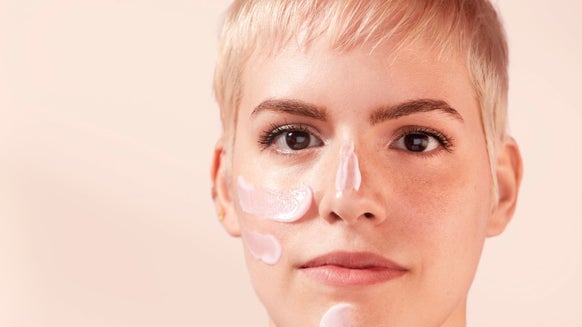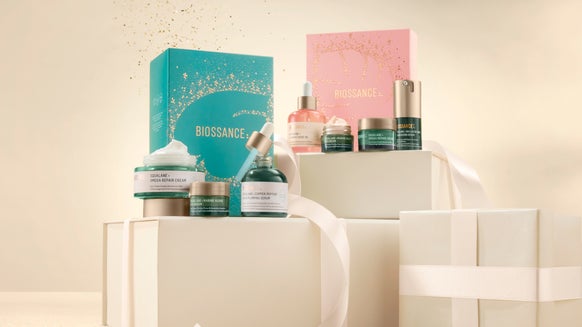How to Read a Beauty Ingredient Label

Once upon a time, people rarely noticed ingredient labels on food packaging. But by now, it’s probably second nature (hold on, there’s how much sugar in this?!?) But what about the ingredient labels on your beauty products? If you’ve ever flipped over the box, struggling to understand what those ingredients actually mean, you are not alone. We’re here to make things a little easier – here are some tips to better understand beauty ingredient labels.
If you see any of these ingredients listed, put the box down and walk away.
- Phthalates
- Quaternium - 15
- Retinyl palmitate
- Oxybenzone
- Flavor or Fragrance (or perfume)
- Formaldehyde (and formaldehyde releasers)
- Polyethylene glycol (PEG compounds)
- Sodium Lauryl Sulfate and Sodium Laureth Sulfate (SLS and SLES)
- Parabens
- Mineral Oil
Look for 3rd party certifications. They provide outside assurance that ingredients follow their well-respected protocols. Certifications like EWG VERIFIED(™), Ecocert-approved, NPA, The Natural Product Seal, and the USDA Organic help you verify the product's ingredients and carry the criteria you are looking for that matters most to you.
When looking at the ingredient label on the back or side of a product box, beauty ingredients are listed in descending order by quantity with the highest first. This is just like food labels! The exception is any ingredient under 1% in the formula, which can be listed in any descending order. Pay closest attention to the ingredients at the top of the list to make sure any product you buy is primarily (or ideally completely) made up of nontoxic ingredients.
“Fragrance” or “flavor” listed on a label could contain hundreds of ingredients that aren’t listed and potentially harmful. Sneaky, right? This is why it’s best to avoid those ingredients on labels all together. Companies don’t have to spell out what comprises their fragrance or flavor because they are protected by trade secret laws, so you can’t verify the ingredients are safe. Maybe that’s why staying too long at the fragrance counter often leads to a major headache…
On the other hand, just because something smells great, doesn’t mean it has “fragrance” listed as an ingredients. For example, essential oils smell sweet without the mystery ingredients (such as the rose oil in our Squalane + Vitamin C Rose Oil.)
Tip #5: Ever see this? It’s a PAO (Period After Opening), telling you how long to keep the product after opening.
If you flip to the bottom of the box, you’ll often find additional information and instructions like a recycling symbol, other certifications and company address info. There is also a PAO (Period After Opening) symbol on every product that tells you how long you can keep the product after opening it. For example, the PAO on our 100% Squalane Oil leads “12M,” which means 12 months. Most beauty products do expire so be sure to follow the PAO.
The ingredient listing, also known as the INCI list, uses a required naming system for cosmetic ingredient listings. This means the words attached to each ingredient and the way the ingredients are listed have to follow a certain protocol. To get a new ingredient on the market, you need to submit an application for an INCI naming and you don't really have too much of a say in what it’s called.
Tip #7:
One of the biggest misconceptions in trying to understand beauty ingredients is the perception that if the ingredient looks scary and/or is hard to pronounce, then it’s not safe. This is simply not true. Since brands don’t really have a say in what their ingredients are called and product formulation is essentially chemistry, some things sound scary when they are not and vice versa.
Tip #8: Natural ingredients aren’t always nice (here’s looking at you, mineral oils,) and synthetic ingredients aren’t always naughty.
Another big misconception is if an ingredient is natural, then it means it’s safe, and conversely, if it’s synthetic, then it must be harmful. This is not true. There are some natural ingredients that are very irritating, cause breakouts, and can be unsustainable. For example, “mineral oil” may sound nice and natural, but it is not a good ingredients to use, as it’s derived from petroleum. On the other hand, some synthetic ingredients are very safe and are the more sustainable choice.
It’s best to read the label, know there is a rhyme and reason to how ingredients are listed and use 3rd party sources to verify ingredient safety, like certifications or EWG’s Skin Deep database or

As a lifestyle writer and journalist, I love sharing my passion for ocean conservation and obsession with clean beauty. I’ve tried almost every trend and ingredient, and Biossance’s science-backed formulas are the only ones that consistently calm my reactive skin and make it smoother, clearer, and healthier. I’m so excited to be on this journey of skincare innovation with Biossance, and to share it with you!
